what are you looking for?
 Revolutionizing Food Trucks in the Digital Era: The Breakthrough of CNLC Digital Menu Boards
Revolutionizing Food Trucks in the Digital Era: The Breakthrough of CNLC Digital Menu Boards
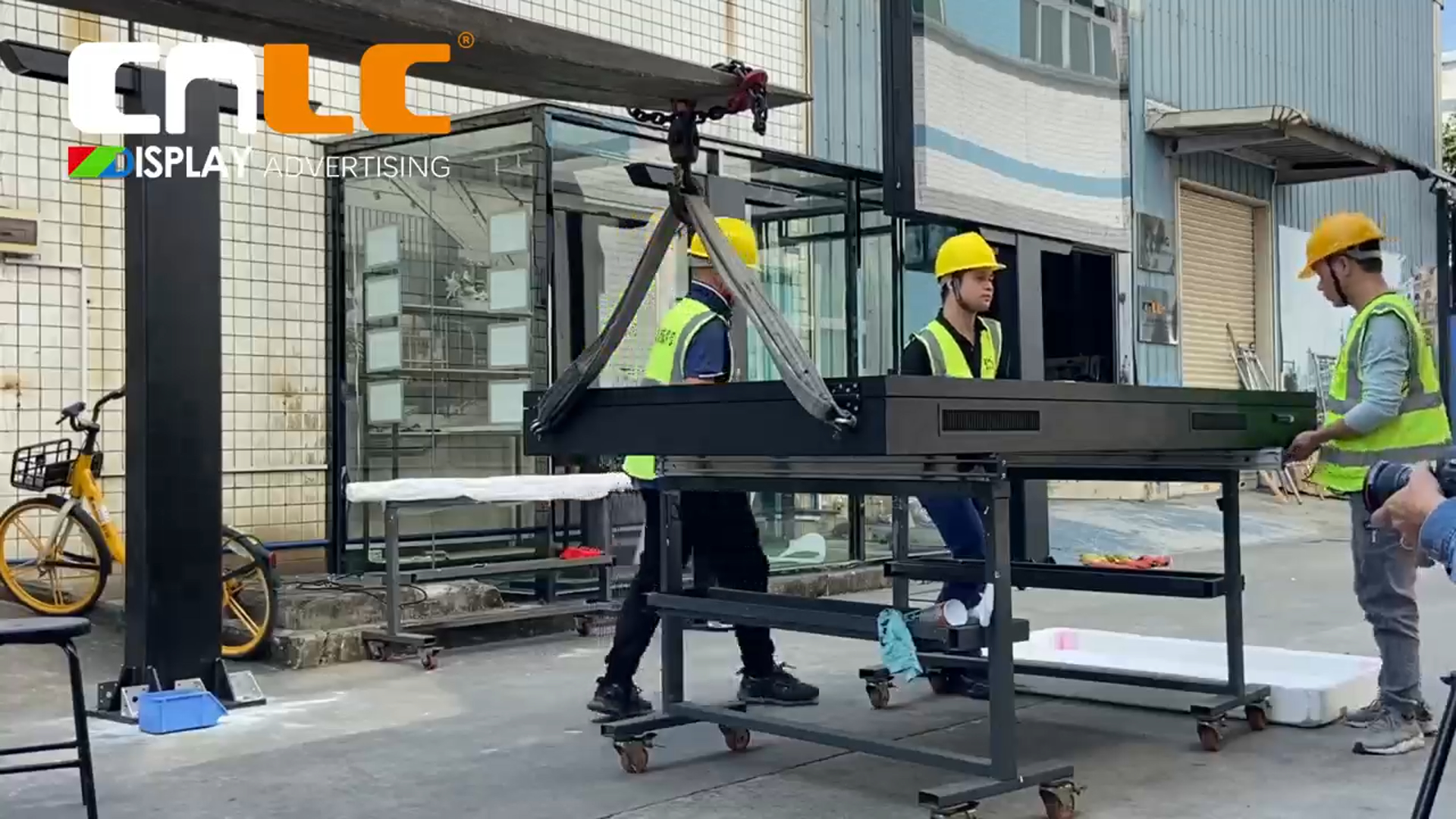 Outdoor LED advertising screen video installation guide, CNLC expert insights
Outdoor LED advertising screen video installation guide, CNLC expert insights
 How to extend the life of LCD advertising screen
How to extend the life of LCD advertising screen
 Street Canvases: How do LED billboards become a medium for urban creative expression?
Street Canvases: How do LED billboards become a medium for urban creative expression?
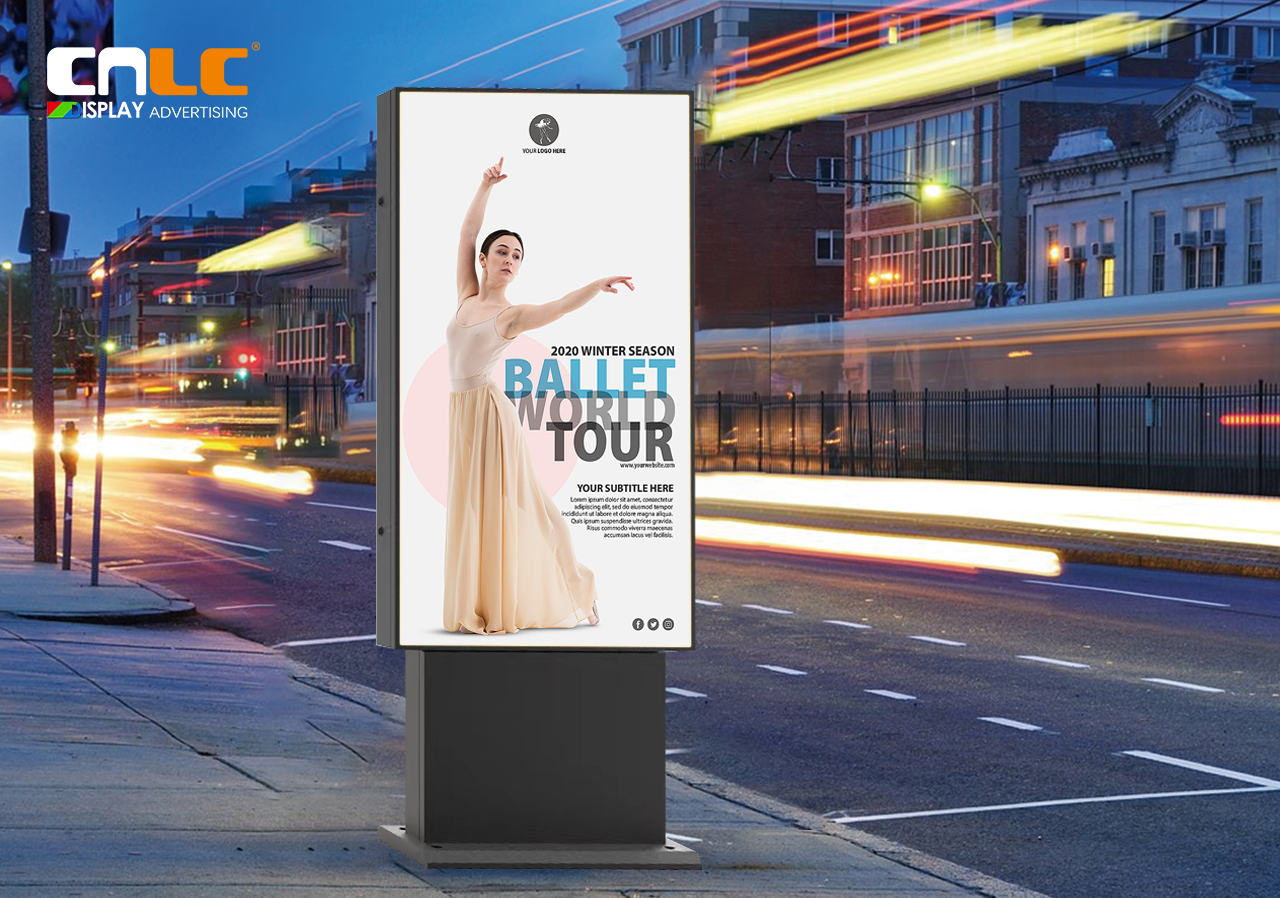 Digital Advertising Trend, Mupi Screen Boosts Your Ads with High Exposure and Doubled Effect
Digital Advertising Trend, Mupi Screen Boosts Your Ads with High Exposure and Doubled Effect
 Why is LCD advertising display still the best solution in close-range scenarios?
Why is LCD advertising display still the best solution in close-range scenarios?
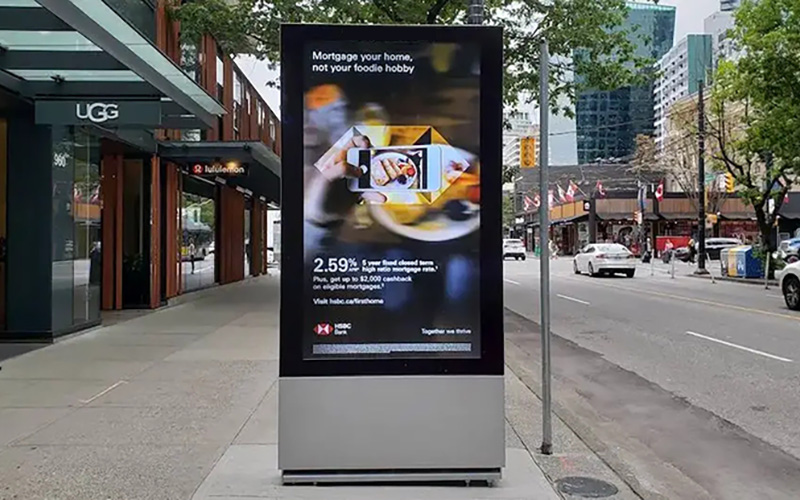 Advantages of Outdoor LCD Digital Signage
Advantages of Outdoor LCD Digital Signage
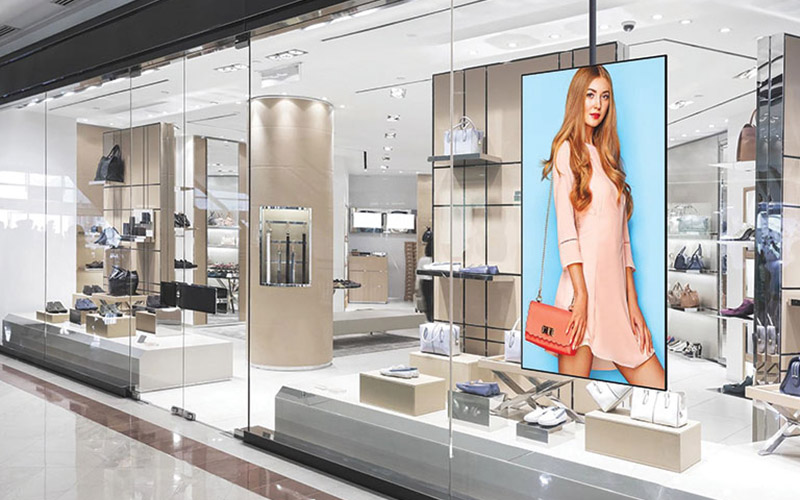 How to choose a high brightness window LCD screen
How to choose a high brightness window LCD screen
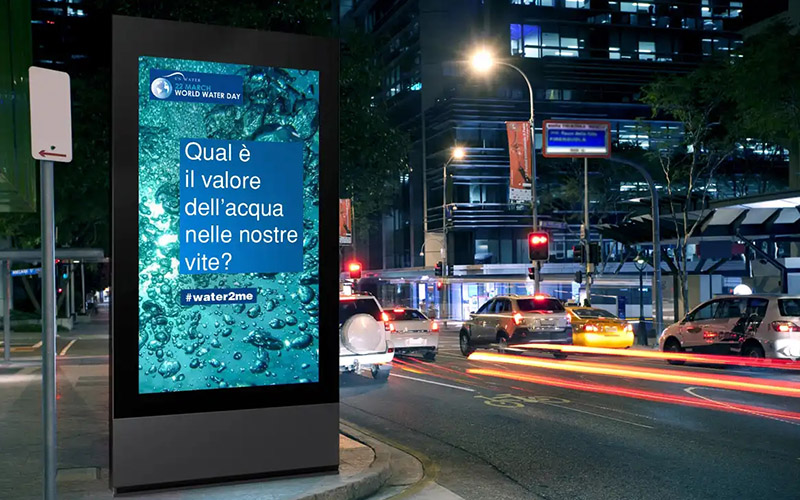 What is outdoor LCD digital signage
What is outdoor LCD digital signage
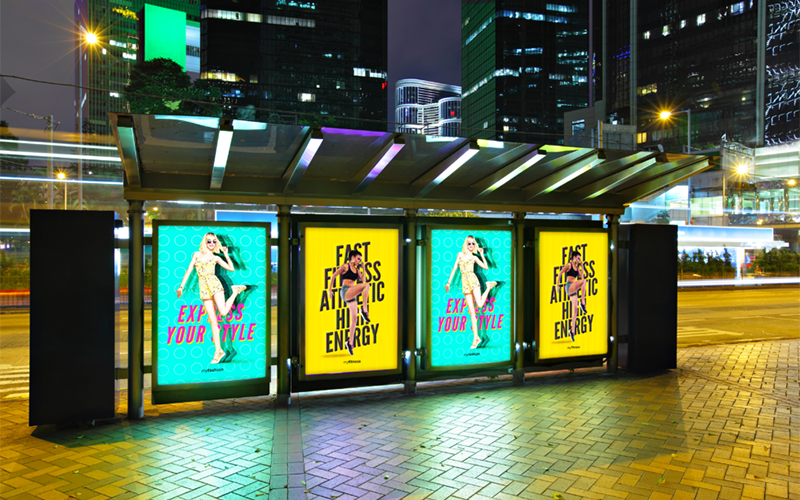 Why LCD digital signage is becoming more and more popular
Why LCD digital signage is becoming more and more popular

 Tel : 8618688410533
Tel : 8618688410533 Tel : 8602082332833
Tel : 8602082332833 Email : info@cnlcdisplay.com
Email : info@cnlcdisplay.com STAY CONNECTED Get our news, offers, and more...
STAY CONNECTED Get our news, offers, and more...









